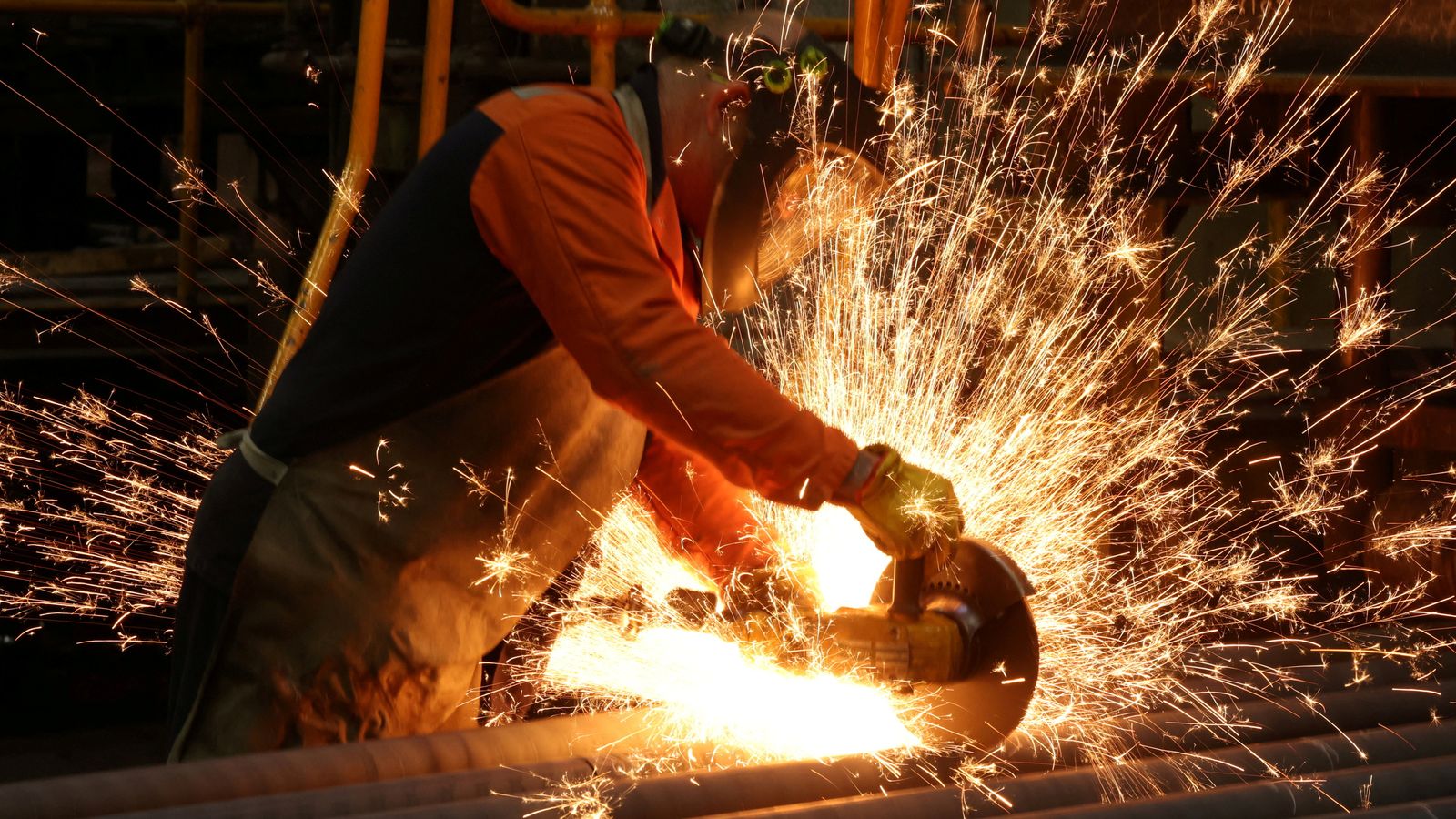Future offshore wind projects could be at risk because of a rise in demand for steel, according to analysis by consultancy group Newton.
The expected spike in demand could leave British projects relying on foreign steel unless UK production is ramped up – unlikely, the analysis says, after plans to close furnaces at Port Talbot were announced earlier this year.
Newton said that, if the UK turned to the international market at a time when other countries were also trying to build wind farms, global prices could spike.
Newton partner Dan Parker said: “The UK’s offshore wind sector has ambitious targets to meet, set out by the government’s commitment to produce 50GW of wind power by 2030.
“Fundamental to reaching this target will be ensuring existing UK offshore wind projects are delivered on time and on budget.
“This means they need the requisite raw materials to be available at the price they’ve planned for.
Read more:
The UK needs an industrial strategy – not just piecemeal funding
Steel rescue package could be ‘missed opportunity’
Money blog: A world without coffee? It could happen, say farmers in Colombia
UK spends more on housing than almost any other developed country, and gets the least value from it too
Former chancellor Zahawi in talks to chair Barclays’ Very Group
“To ensure we’re not blown off track, it is imperative that UK industry and government collaborate to ensure a steady supply of steel that can meet the predicted demand peaks as industry flexes to meet the 50GW target.
“After the closure of the Port Talbot steelworks in January, this is no mean feat.”
Offshore wind farms will need close to 3.8 million tonnes of steel in the UK between 2025 and 2027, Newton said. That would be around 23% of the country’s steel production.
The push is part of a government target to build 50 gigawatts (GW) of offshore wind in UK waters by the end of the decade – up from around 14 GW today.






















